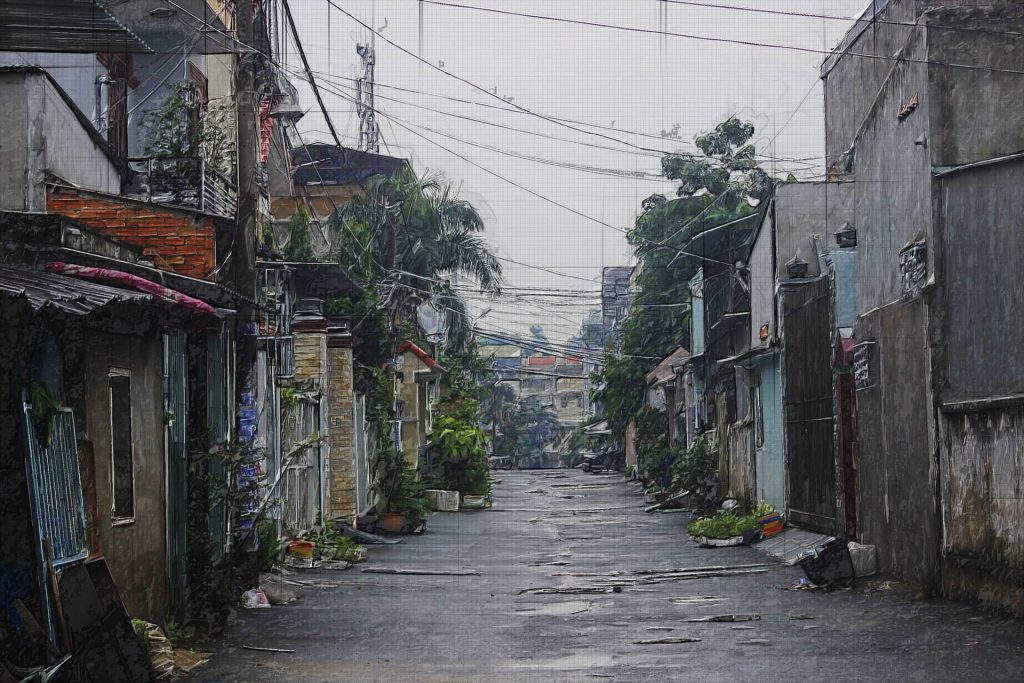Written by Janki Patel and Edited by Emily Majorkiewicz

Health goes beyond diet, genetics, exercise, and medicine. More powerful factors can play a major role as well. Some of these factors include the environment, politics, and social experience. Unfortunately, many of these factors are difficult to control or even take action against, which is why they can be some of the biggest underlying causes of poor health. Moreover, all of these political, environmental, and social factors can be considered to be structural violence.
So, what exactly is structural violence? In simple terms, it is how social relations can place people in harm’s way [1]. Of course, this does not include all people. Some individuals are more harmed than others based on how these social factors are set up. In regards to health, these factors include income inequality, proximity to highways, noise exposure, poor social interaction, and violence. All these stressors can have a severe impact on an individual’s health. In fact, they can speed up aging, decrease life expectancy, worsen an individual’s ability to fight diseases, and much more [2]. Unfortunately, many clinicians are unaware of the structural violence individuals may face and even if they do know, they may not know how to help [1].
Structural violence can have more severe effects on an individual’s health than one may expect. For instance, one of the worst hurricanes in the United States was Hurricane Katrina in 2005. It displaced many families as it ruined their homes and took the lives of many others, especially in New Orleans. Of course, the hurricane could not be controlled by anyone, but better systems could have been put into place before the hurricane came close to hitting. In fact, some of the levees (which regulate water levels) in New Orleans were not as strong as they should have been and due to poor governmental inspection, they crumbled and the overflow of water caused by the hurricane was easily able to flood the city. Moreover, the government did not seem to prepare any relief system for the individuals. They did not prioritize the well-being of the individuals in New Orleans, especially since many of them were low-income, black individuals.
Moreover, after the hurricane hit, they had poor access to proper healthcare and safe shelters. Hence, their health deteriorated and became even worse as they did not even receive proper care afterwards [3].
Overall, health is affected by many factors that may not be immediately apparent. Prescribing medicine alone cannot treat or save everyone. Thus, it is incredibly important to understand what is truly making others ill and determine how to help them get better. This could be done by involving lawyers, social workers, government officials, scientists, and many more professionals who could tackle issues brought up by structural violence and who can potentially help others live more healthier lives.
References:
1. Farmer, P. E., Nizeye, B., Stulac, S., & Keshavjee, S. 2006. Structural Violence and Clinical Medicine. PLoS Medicine. 3(10): e449
2. Sewell, A.A. 2017. Inequality: Live poor, die young. Nature. 545: 286–287
3. Simmons, W., Casper, M. 2012. Culpability, Social Triage, and Structural Violence in the Aftermath of Katrina. Perspectives on Politics. 10(3): 675-686